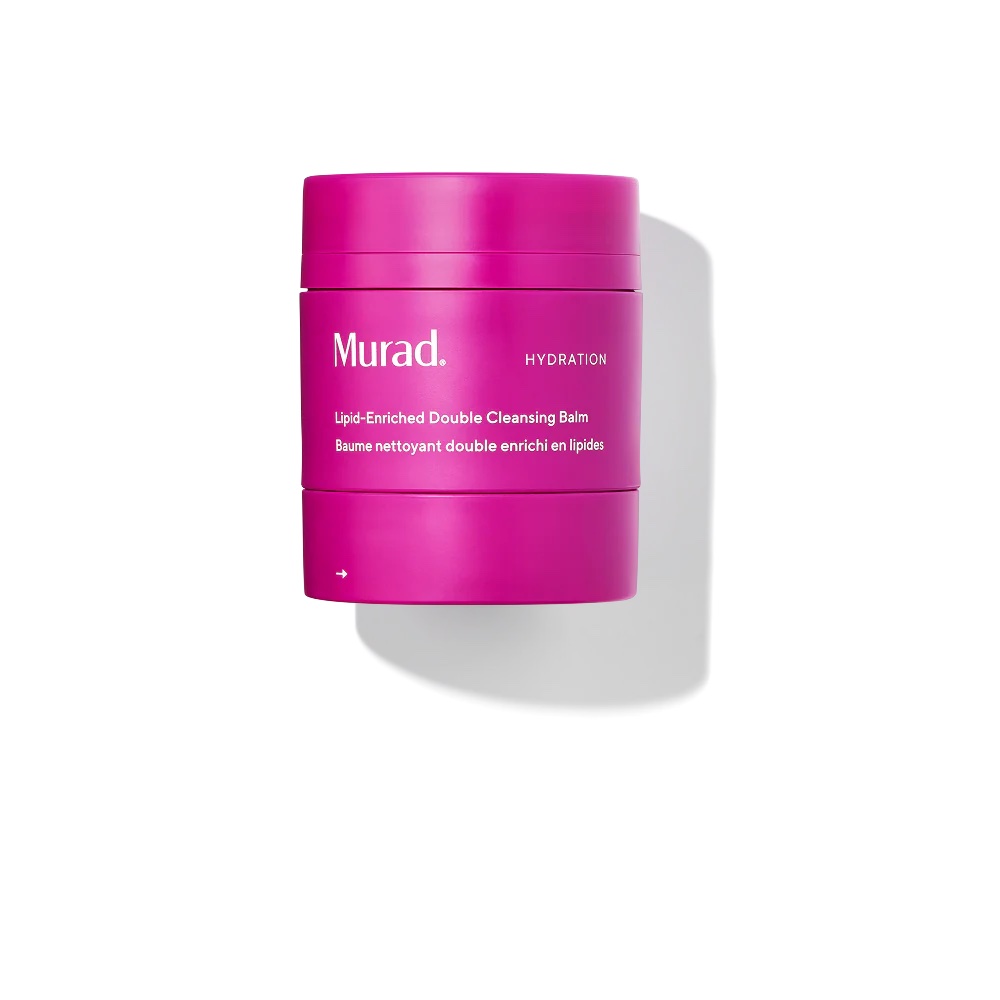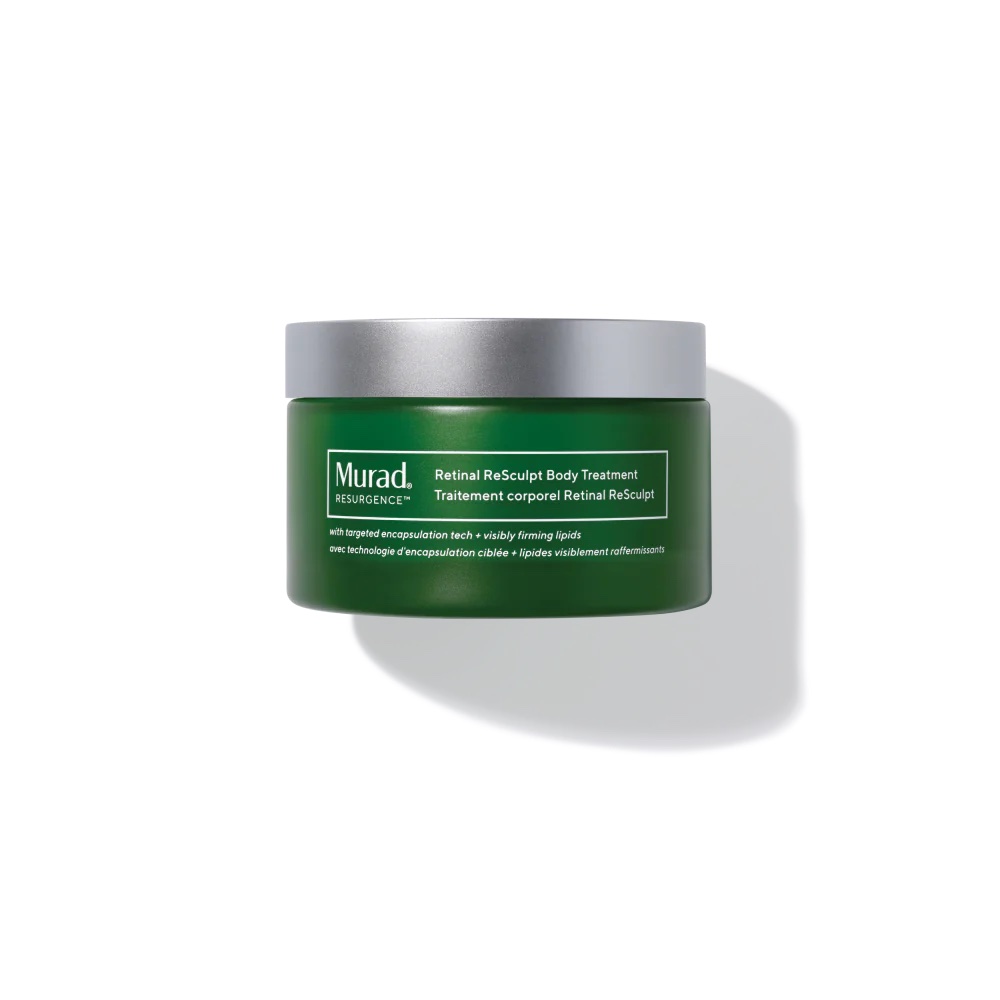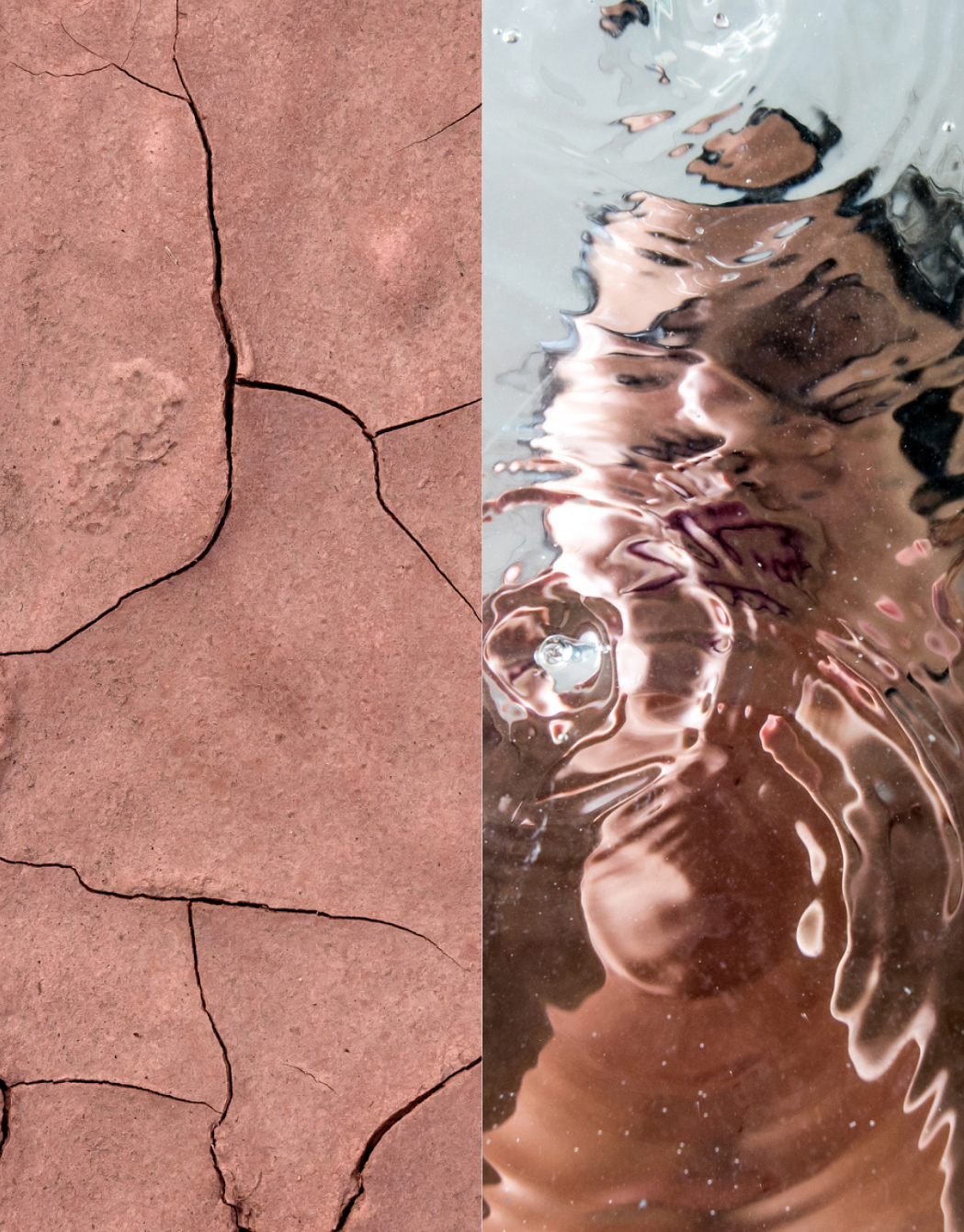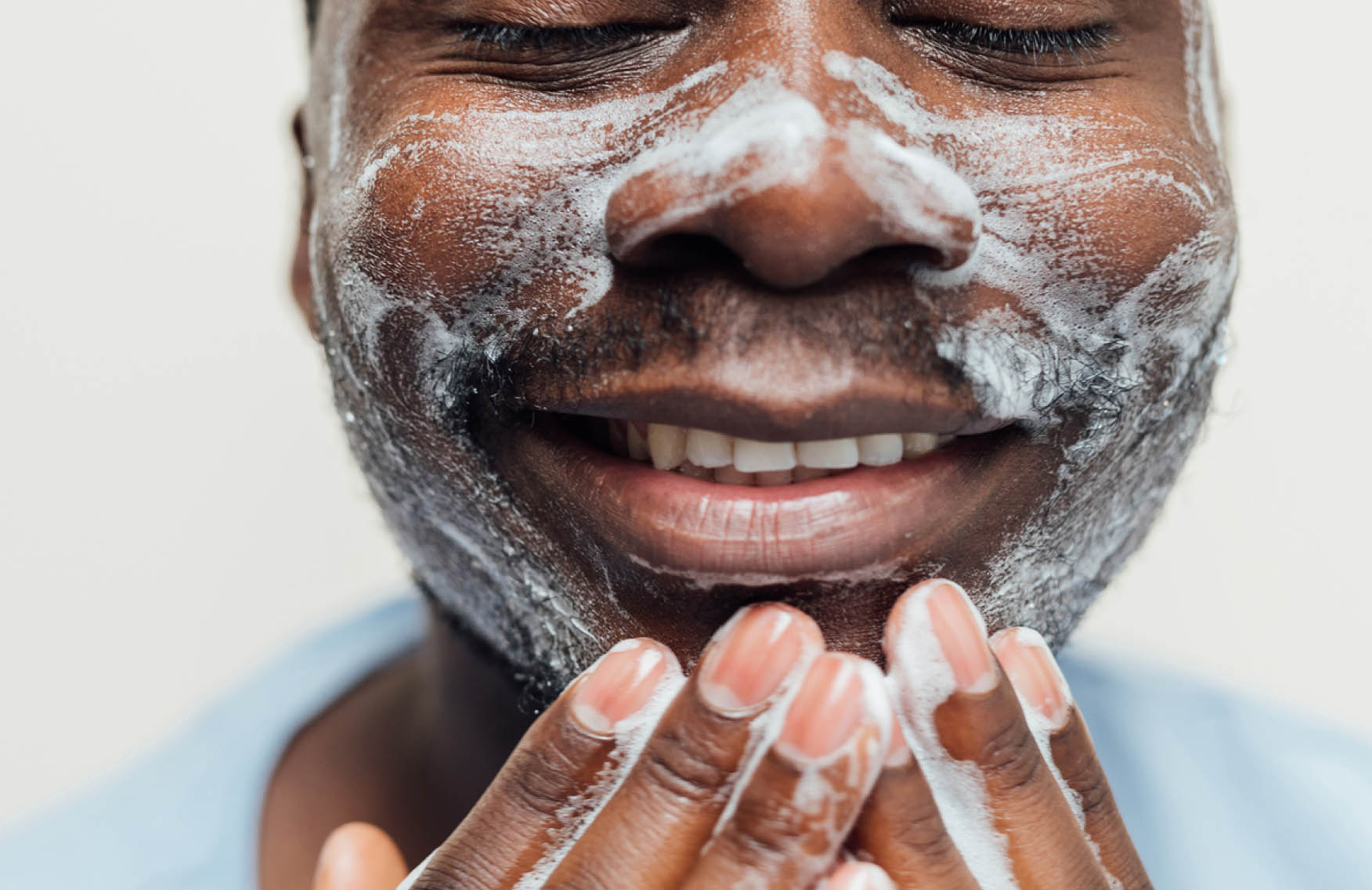Is the 2-step double cleanse overkill? Why single-step balms are the simple win skin needs
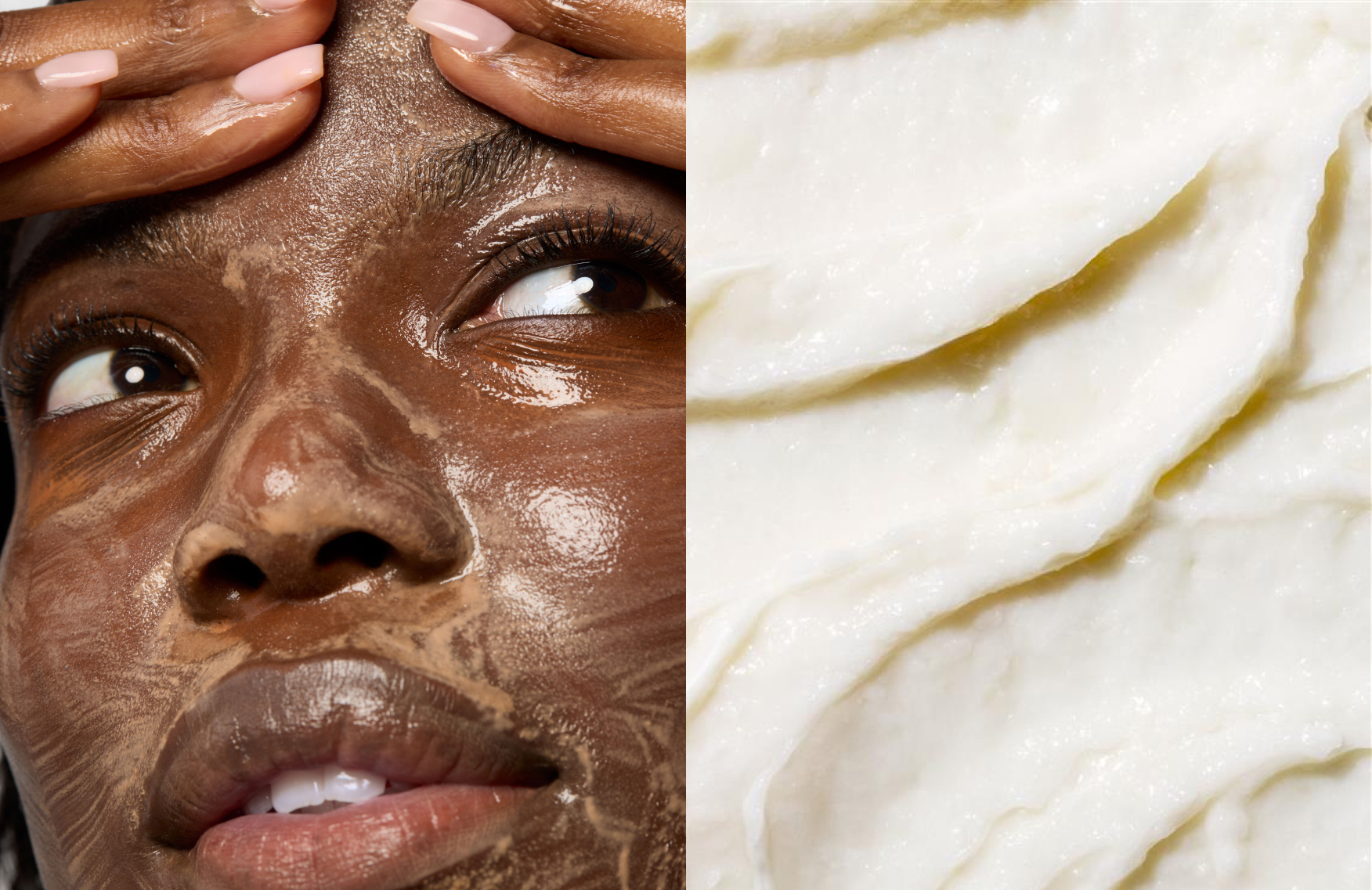
Double cleansing has long been considered the gold standard for thoroughly removing makeup and sunscreen. Especially long-wear mascara lovers swear by this two-step process to effortlessly melt away waterproof eye liner, lipstick, and foundation. But sometimes, the day is just too long (or the night too late) and a two-step cleanse is too much.
Enter single-step cleansing balm formulas. They lift off makeup and sunscreen, effectively clean your skin, and infuse it with lipids and ceramides. The result? Skin that’s healthier, plumper, and bouncier with every cleanse.
Before embracing a streamlined cleansing routine that makes our second cleanse obsolete, we asked Lori Cahitas, licensed esthetician and trainer who develops CEU classes for professional estheticians, to answer our biggest single-step double cleanse questions.
How does a traditional double cleansing balm work?
Cleansing balms work on the principle that like attracts like. The rich, skin-friendly oils in a cleansing balm dissolve the oils in long-wear makeup and sunscreen, as well as excess sebum. “You can actually see this happening as you massage a cleansing balm over your face and your makeup starts to dissolve and melt,” Cahitas says. The magic happens when you add water. “Water helps emulsifiers in the formula bind to both oil and water. You can also see this happening as a milky emulsion forms on the skin. Now that the oils are blended with water, they can easily be rinsed away.”
What makes a single-step double cleansing balm different than a regular double cleansing balm?
Cahitas says, “A single-step double cleansing balm contains powerful emulsifiers to make sure everything rinses off completely—so there’s no need for a second cleanse.”
Does the addition of powerful emulsifiers to a single-step double cleansing balm mean it’s more stripping?
“Not necessarily,” Cahitas points out. “Smart ingredient technology like some fermented oils and biodegradable glycolipids can clean gentler and deeper into the pores. And, they rinse off easier, all without stripping the skin. This hyper-effective, gentle cleansing means there’s no need for a second cleanser.”
But that’s not the only skin-loving benefit to these novel balms. “Rather than rinsing and repeating with a separate cleanser, you’re rinsing and reinforcing your skin’s barrier,” Cahitas emphasizes. “Single-step double cleansers mitigate barrier disruption and ceramide loss with special lipid complexes and ingredients like palmitic acid. Palmitic acid is not activated by the addition of water (aka, it’s not soluble in water). For this reason, it stays on the skin and 1) replenishes fatty acids that are traditionally depleted via the cleansing process, and 2) provides the skin with lipids to increase ceramide production from within.”
If I’m using a single-step double cleanser, is following with a second cleanse overkill?
“You don’t need perform a second cleanse if you’re using a single-step double cleanse,” Cahitas says. “They leave behind a weightless, lipid-rich veil of skin-plumping, healthy hydration, and performing a second cleanse could wash away those benefits. However, if you’re following an acne-control or oil- control regimen, you could follow with a salicylic acid cleanser. Or, you could use your salicylic acid cleanser in the morning, and a single-step cleansing balm at night.”
Will using just the balm leave dirt and residue behind that could clog my pores or trigger breakouts?
“No, for two reasons. First, when properly applied and emulsified with water, single-step cleansing balms should completely remove long-wear makeup, sunscreen, and oil-based debris. Second, they should not clog your pores or trigger breakouts if they’re formulated with non-comedogenic ingredients,” Cahitas says.
Why are single-step double cleansers so popular?
“Simply put: We’re busy!” Cahitas says. “We’re all looking for ways to hack our schedule so we have more time for ourselves—so why not start with streamlining our cleansing routine?”
“In addition, single-step cleansing balms also address complaints about 2-step double cleansing balms that rely on heavy waxes and oils,” Cahitas says. “Many complained that they didn’t rinse off effectively or left behind a waxy film that was hard to remove with a second cleanse.”
“There were also major concerns about using cleansing balms over the eyes because they sting or leave behind a blinding, cloudy film. And, many didn’t like that performing a second cleanse with a surfactant-based cleanser left the skin and its barrier feeling stripped, tight, and dry. A single-step cleansing balm counters these concerns, leaving nothing behind but a healthier, hydrated, more naturally glowy and plump skin barrier,” Cahitas tells us.
If I don’t wear makeup, do I need a cleansing balm?
“Yes,” Cahitas says. “Makeup isn’t the only oil-based product you put on your skin. Cleansing balms work the same way on oils in serums, moisturizers, and sunscreens/SPFs that they do on oils in makeup.”
Will oil-based cleansing balms and creams leave pore-clogging residue behind that could trigger breakouts?
“Every brand formulates their products differently. Look for cleansing balms formulated with non-comedogenic ingredients and oils. This will prevent pore-clogging that could trigger breakouts,” Cahitas says. “Cleansing balms use skin-identical lipids to leave behind moisturizing oils that help keep your skin balanced and healthy.”
Do cleansing balms remove some of my skin’s natural oils?
Cahitas says, “Whether single-step or double step, cleansing balms can remove some of your skin’s natural oils that naturally mix with your makeup and sunscreen. While a light layer of oils is removed, it’s not problematic. Your skin isn’t being over-stripped like it might be with a traditional cleanser. And, a high-performance, single-step cleansing balm should put back in good lipids to prevent tightness or dryness.”
Should a single-step cleansing balm replace all my face cleansers and face washes?
“It definitely can! Single-step cleansing balms are one-and-done cleansers from morning to night,” Cahitas says. “But, it truly comes down to personal preference.”
Do I still need to exfoliate if I double cleanse?
Cahitas says yes. “Cleansing and exfoliating are two different steps in your skincare regimen. If you don’t want to exfoliate after using your single-step cleansing balm, exfoliate in the morning and use your single-step double cleanse at night.”
FAQs
Q: How do I use a cleansing balm?
A: Dispense as much as you need based on your amount of sunscreen and makeup. Melt the balm in your palm and fingers, and massage balm over dry skin with dry hands to dissolve makeup, oil, and debris. Wet hands and continue to massage to create a milky emulsion. Rinse. If you’re using a single-step double cleansing balm, there’s no need for a second cleanse.
Q: Can I use a cleansing balm even if i don’t wear makeup?
A: YES! Cleansing balms cut through sunscreen and other oil-based skincare. They also melt away excess sebum without over-stripping your skin.
Q: Can I use a cleansing balm more than once a day?
A: Yes, you can use a cleansing balm two times a day. It can function as your only cleanser. It’s also a great option for those with sensitive skin or dry skin, especially during colder or drier months like fall and winter when skin is more prone to dehydration.
Q: Are cleansing balms suitable for all skin types?
A: Overall, a cleansing balm can benefit almost any skin type. Even oily-prone and acne-prone skin can benefit from the non-stripping deep clean and oil removal a cleansing balm provides.
Q: What’s the difference between a cleansing balm and an oil cleanser?
A: A cleansing balm is richer and thicker, with a solid or semi-solid consistency. They come in jars or special travel-friendly, no mess grinders. Upon applying to your skin, a balm will melt and transform into an oil. A cleansing oil is already in oil/liquid form, but works in the same way of “like attracting like” to dissolve oil and debris.
Q: Is double cleansing necessary for my skin?
A: It depends on your skin type and lifestyle. If you wear heavy makeup or sunscreen, double cleansing can be beneficial. However, single-step cleansing balms are designed to thoroughly remove all makeup and impurities in one step, making the traditional second cleanse unnecessary for most people.
Q: What cleansing balm is best for my skin type?
A: Look for cleansing balms formulated with non-comedogenic ingredients. For dry or sensitive skin, choose formulas with ceramides and skin-nourishing lipids. For oily or acne-prone skin, opt for lightweight formulas that won’t clog pores.
The views expressed in this article do not necessarily represent the views of Murad, and are for informational purposes only, even if the advice of physicians and medical practitioners are included. This article is not a substitute for professional medical advice, diagnosis or treatment, and should not be considered specific medical advice.
